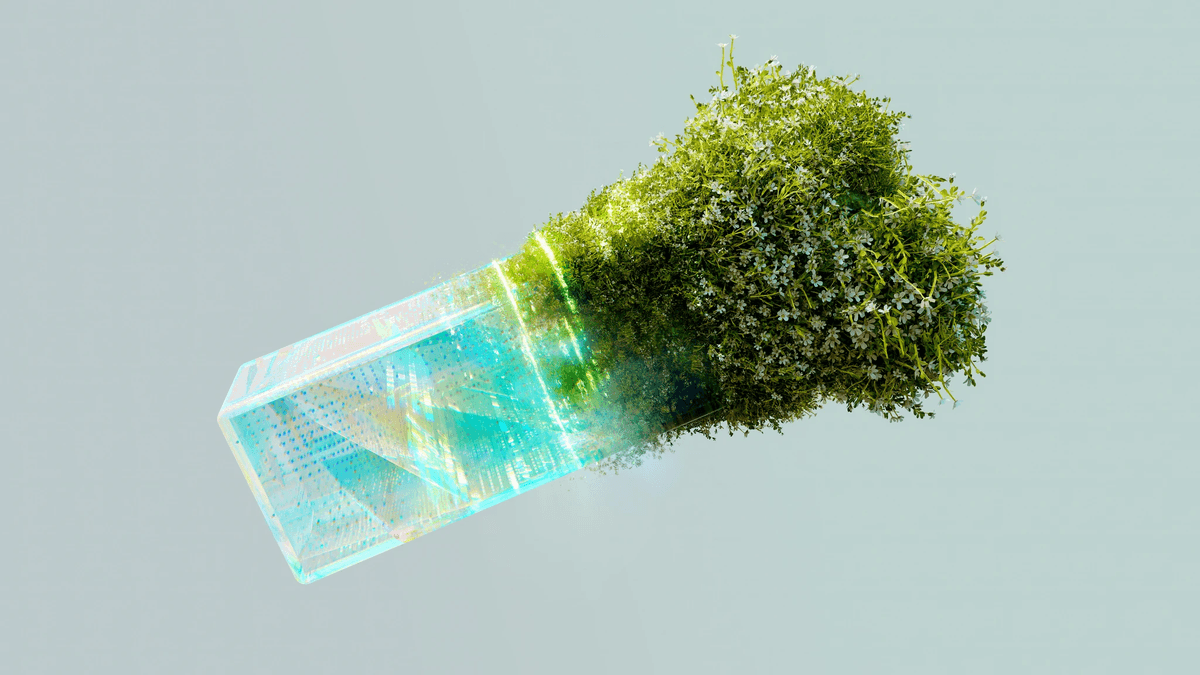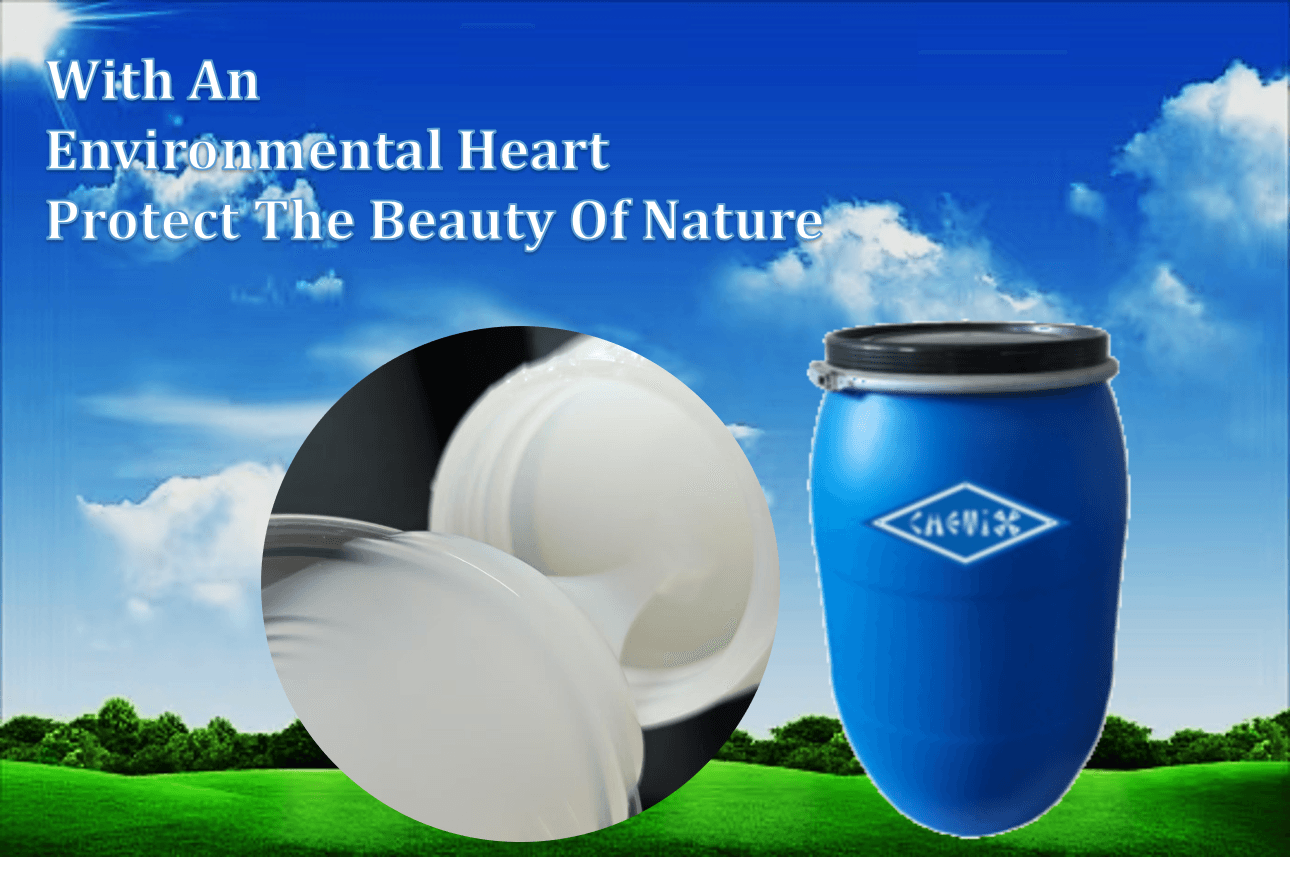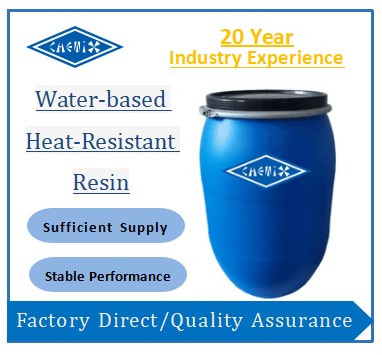Introduction

In a world increasingly focused on sustainability, the need for eco-friendly options in every aspect of our lives has never been more pressing. One area where this shift is particularly important is in the realm of adhesives. Understanding the differences between compostable and biodegradable glues is crucial for making informed choices that align with our environmental values.
Understanding Compostable vs. Biodegradable Glues
At first glance, compostable and biodegradable glues may seem interchangeable, but they serve different purposes in the sustainable glue landscape. Compostable glues break down into organic matter under specific conditions, enriching soil without leaving harmful residues. In contrast, biodegradable glues can decompose over time but might require more extended periods or particular environments to do so effectively; knowing these distinctions helps us select the right types of adhesive glue for our projects.
The Rise of Sustainable Adhesives
The rise of sustainable adhesives reflects a growing awareness among consumers and manufacturers about their environmental impact. As plastic adhesive options dominate traditional markets, innovations in eco-friendly alternatives are emerging to replace them with greener solutions. This shift not only benefits the planet but also encourages industries to explore various types of glues and adhesives that minimize waste and toxicity.
Why Traditional Glues Aren't Enough
Traditional glues often contain harmful chemicals that contribute to pollution and environmental degradation, making them less suitable for today's eco-conscious consumers. With increasing regulations on hazardous materials, many industries are seeking alternatives that align better with sustainability goals—hence the growing interest in sustainable glue options. It's clear that relying on conventional plastic adhesives isn't enough anymore; we must embrace innovative solutions that protect our planet while still meeting performance needs.
The Science Behind Sustainable Glue

When we talk about sustainable glue, we're diving deep into a fascinating world of chemistry and environmental responsibility. Sustainable glues are designed to minimize their impact on the planet while still serving the essential functions of traditional adhesives. The beauty of these eco-friendly options lies in their ability to bond effectively without relying on harmful chemicals, making them a game-changer in various industries.
What Makes Glue Sustainable?
To qualify as sustainable, glue must be made from renewable resources and have minimal environmental impact throughout its lifecycle. This means that the types of adhesive glue should not only perform well but also break down safely after use, returning nutrients to the earth rather than polluting it. Additionally, sustainable glue often avoids toxic substances commonly found in plastic adhesives, thereby promoting healthier indoor air quality and reducing ecological harm.
Biodegradation vs. Composting
Understanding the difference between biodegradation and composting is crucial when discussing sustainable adhesives. Biodegradation refers to the natural process where microorganisms break down materials into simpler substances over time; this can occur in various environments, including landfills or oceans. Composting, on the other hand, is a specific type of biodegradation that takes place under controlled conditions with sufficient moisture and oxygen—ideal for organic materials like food scraps or certain types of eco-friendly glues.
Key Ingredients in Eco-Friendly Adhesives
Eco-friendly adhesives often incorporate natural ingredients such as plant-based resins, starches, or proteins that provide strong bonding capabilities without harming the environment. These components are not only biodegradable but also renewable; they contribute to a circular economy by reducing reliance on fossil fuels typically used in plastic adhesives. Moreover, many sustainable glues utilize non-toxic additives for improved performance while ensuring safety for both users and the planet.
Types of Glues and Adhesives Explored

When it comes to the world of adhesives, the variety is as vast as a candy store. From traditional options to innovative sustainable glue solutions, understanding the types of glues and adhesives available is crucial for making informed choices. Let’s dive into some popular categories, including water-based resins, plastic adhesives, and exciting innovations in natural adhesives.
Water-Based Resins and Their Benefits
Water-based resins are becoming a go-to choice for those seeking sustainable glue options. These types of adhesive glue are formulated with water as their primary solvent, making them less harmful to both users and the environment. The benefits extend beyond safety; water-based resins offer excellent adhesion properties while minimizing volatile organic compounds (VOCs), which contribute to air pollution.
In addition to being eco-friendly, water-based resins are versatile across various applications—from woodworking to packaging—making them suitable for numerous industries. Users can enjoy easy cleanup with just soap and water, eliminating the need for harsh solvents that can be hazardous. By choosing these types of glues and adhesives, consumers not only reduce their carbon footprint but also ensure a healthier workspace.
Understanding Plastic Adhesives
Plastic adhesives have long been a staple in many industries due to their strong bonding capabilities. However, they often come with environmental concerns that can't be ignored—most traditional plastic adhesive formulations contain harmful chemicals that can persist in landfills for years after use. This raises questions about sustainability in an age where eco-friendliness is paramount.
Despite these drawbacks, advancements are being made in developing more sustainable plastic adhesive options that still deliver on performance without sacrificing environmental responsibility. Manufacturers are now exploring bio-based alternatives or incorporating recycled materials into their formulations, which helps reduce waste while maintaining strength and durability. Understanding these new developments enables businesses to make smarter choices when selecting from various types of glues and adhesives.
Innovations in Natural Adhesives
The demand for sustainable glue has spurred a wave of innovation within the realm of natural adhesives—think plant-based formulations derived from sources like starch or casein! These cutting-edge products not only bond effectively but also break down naturally over time without leaving toxic residues behind—a win-win scenario for both users and Mother Earth!
Moreover, researchers continue to explore novel materials such as mycelium (the root structure of mushrooms) or even seaweed extracts that promise impressive adhesion properties while remaining biodegradable. As we delve deeper into this fascinating field, it's clear that embracing these innovations could redefine our approach toward adhesive solutions forever—ushering us into a greener future filled with endless possibilities!
Chemix's Water-Based Resin Solution

When it comes to sustainable glue, Chemix's water-based resin stands out as a game-changer in the adhesive industry. This innovative solution is designed to provide high performance while minimizing environmental impact. Unlike traditional plastic adhesives, Chemix’s formulation is derived from renewable resources, making it an eco-friendly alternative that doesn’t compromise on quality.
Features of Chemix's Water-Based Resin
Chemix's water-based resin boasts several standout features that make it a top choice among the various types of glues and adhesives available today. First and foremost, it offers excellent adhesion properties without the use of harmful solvents, ensuring a safer application process for users. Additionally, this sustainable glue dries clear and flexible, allowing for versatile use across different materials while maintaining strong bond integrity.
Another impressive aspect is its low VOC (volatile organic compounds) content, which significantly reduces air pollutants compared to conventional plastic adhesives. This feature is particularly appealing for industries focused on improving indoor air quality and reducing their carbon footprint. Overall, Chemix’s water-based resin combines performance with sustainability—making it a smart choice for both consumers and manufacturers alike.
Applications Across Industries
The versatility of Chemix's water-based resin allows it to be utilized in various applications across multiple industries—truly showcasing the potential of sustainable glue solutions. From woodworking to packaging and textiles to construction, this adhesive meets diverse bonding needs effectively while adhering to eco-friendly principles. For instance, furniture makers can benefit from its strong bonds without compromising their commitment to sustainability.
Moreover, in the realm of packaging, companies are increasingly opting for biodegradable options that align with consumer demand for greener products; Chemix’s adhesive fits perfectly into this trend by providing high-performance bonding without harmful residues post-consumer use. Additionally, in textile manufacturing, this type of adhesive enables seamless fabric bonding while remaining safe for both workers and end-users alike.
Environmental Impact of Water-Based Adhesives
The environmental impact of using water-based adhesives like Chemix’s cannot be overstated when compared with traditional plastic adhesives that often contribute negatively to pollution levels. By choosing sustainable glue options such as these resins, businesses can significantly reduce their ecological footprint through lower emissions during production processes and reduced waste generation at the end-of-life stages.
Furthermore, these eco-friendly alternatives promote responsible disposal methods; many water-based adhesives are compostable or biodegradable under specific conditions—meaning they won't linger in landfills for years like conventional plastics do. As industries increasingly prioritize sustainability initiatives and seek out types of adhesive glue that align with these goals, products like Chemix’s water-based resin pave the way toward greener practices without sacrificing performance or reliability.
Comparing Traditional and Eco-Friendly Adhesives
The adhesive market has long been dominated by traditional glues, primarily plastic adhesives that excel in performance but often fall short in environmental impact. In contrast, sustainable glue options are becoming increasingly popular, offering comparable strength and versatility without the harmful effects associated with conventional products. By examining their performance, cost-effectiveness, and real-world success stories, we can better understand why making the switch to eco-friendly adhesives is not just a trend but a necessity.
Performance of Traditional vs. Sustainable Glue
When it comes to performance, traditional plastic adhesive options have set a high bar for bonding strength and durability. However, advancements in sustainable glue formulations have led to impressive innovations that rival their plastic counterparts in many applications. For instance, water-based resins are now engineered to provide excellent adhesion while being free from volatile organic compounds (VOCs), making them safer for both users and the environment.
Moreover, different types of glues and adhesives cater to various needs—from woodworking to packaging—ensuring that even the most demanding projects can be completed with eco-friendly solutions. It's worth noting that while some may perceive sustainable glue as less effective due to its green label, numerous tests show they perform exceptionally well under similar conditions as traditional options. Ultimately, choosing between traditional and sustainable glue boils down to specific project requirements and values regarding environmental responsibility.
Cost-Effectiveness of Biodegradable Options
Cost is often a decisive factor when selecting types of adhesive glue for projects; however, biodegradable options are proving their worth beyond just initial price tags. While eco-friendly adhesives might come at a slightly higher upfront cost compared to traditional plastic adhesives, they offer long-term savings through reduced health risks and waste disposal costs associated with toxic materials found in conventional glues. Additionally, many industries are beginning to recognize the potential for government incentives or consumer demand favoring sustainable practices—further enhancing the financial viability of switching.
Furthermore, considering the lifecycle costs associated with using biodegradable glues—such as their reduced environmental impact—can lead businesses toward more sustainable choices that pay dividends over time. The growing demand for environmentally responsible products also means that prices for these alternatives will likely decrease as production scales up and competition increases within this burgeoning market segment. Thus, investing in sustainable glue isn't just an ethical choice; it's becoming an economically sound one as well.
Real-World Success Stories
Real-world success stories highlight how various industries have embraced eco-friendly alternatives without compromising quality or performance—proof positive that switching from traditional plastic adhesives is not only feasible but advantageous too! For example, several furniture manufacturers have transitioned to using water-based resins instead of standard synthetic glues; these companies report not only enhanced safety standards but also improved customer satisfaction due to reduced odors during production processes.
Another inspiring case comes from the packaging sector where businesses have started incorporating biodegradable options into their operations; this shift has resonated well with environmentally conscious consumers who appreciate brands committed to sustainability efforts. These success stories underscore the potential benefits of adopting types of glues and adhesives designed with both effectiveness and ecological responsibility in mind—a trend that's likely here to stay.
Making the Switch to Eco-Friendly Adhesives
Transitioning to eco-friendly adhesives can feel like navigating a maze, but with the right guidance, it can be a smooth journey. Embracing sustainable glue not only benefits the environment but also aligns with growing consumer demand for greener products. Understanding the types of glues and adhesives available is crucial for making informed choices that suit your needs.
How to Choose the Right Sustainable Adhesive
Choosing the right sustainable adhesive involves considering several factors, including application, performance requirements, and environmental impact. Start by identifying the specific types of adhesive glue suitable for your project—whether you need a strong bond for heavy materials or a gentle touch for delicate surfaces. Look for certifications or labels that indicate biodegradability or compostability to ensure you're selecting a truly eco-friendly product.
Another key consideration is compatibility with existing materials; some sustainable glues may perform better with certain substrates than others. For instance, water-based resins are often ideal for wood and paper applications, while natural adhesives might excel in textile bonding. By evaluating these aspects carefully, you can confidently choose a sustainable glue that meets both your performance needs and environmental goals.
Tips for Transitioning to Biodegradable Glue
Making the switch from traditional plastic adhesives to biodegradable options doesn't have to be daunting—here are some practical tips! First, start small; experiment with eco-friendly adhesives on less critical projects before fully committing them to larger applications. This allows you to gauge their performance without risking significant setbacks.
Next, educate your team about the benefits of using sustainable glue and provide training on how to apply these new products effectively. Change can sometimes meet resistance; however, showcasing success stories from other companies can help ease concerns about transitioning away from familiar plastic adhesives. Lastly, keep an eye on inventory levels—consider phasing out traditional glues gradually while introducing biodegradable alternatives.
Resources for Sustainable Glue Products
Finding reliable resources for sustainable glue products can make all the difference in your transition journey. Start by exploring online marketplaces specializing in green products or check local suppliers who offer eco-friendly options among their inventory of types of glues and adhesives. Websites dedicated to sustainability often feature reviews and comparisons that highlight various sustainable adhesive solutions available today.
Additionally, industry trade shows or green expos are excellent venues where you can discover innovative adhesive options firsthand while networking with manufacturers committed to sustainability practices. Don’t forget about community forums; engaging with fellow users can provide valuable insights into which types of adhesive glue work best in real-world applications!
Conclusion
As we wrap up our exploration of sustainable glue, it's clear that the shift towards eco-friendly adhesives is not just a trend but a necessity. The benefits of using sustainable glue extend beyond environmental concerns; they also encompass health, safety, and performance advantages that traditional plastic adhesives simply cannot match. By embracing types of adhesive glue that prioritize sustainability, consumers and industries alike can contribute to a healthier planet while enjoying high-quality bonding solutions.
The Benefits of Using Sustainable Glue
The advantages of sustainable glue are multifaceted and compelling. First, these eco-friendly options often feature non-toxic ingredients that reduce harmful emissions during application and disposal, making them safer for both users and the environment. Additionally, many types of glues and adhesives designed with sustainability in mind offer comparable or even superior performance to conventional plastic adhesives, ensuring that you don’t have to compromise on quality for the sake of being green.
Moreover, choosing biodegradable options can enhance your brand's image as environmentally conscious consumers increasingly seek out products that align with their values. This growing demand for sustainable glue not only helps businesses stand out in a crowded marketplace but also fosters customer loyalty among eco-minded shoppers who appreciate responsible practices. Ultimately, incorporating these innovative adhesives into your projects is a win-win for both you and Mother Earth.
Future Trends in Biodegradable Adhesives
Looking ahead, the future trends in biodegradable adhesives are promising and exciting. As technology advances, we can expect to see more diverse types of glues and adhesives emerging from research labs around the world—each designed to meet specific industry needs while maintaining an eco-friendly profile. Innovations such as bio-based resins derived from renewable resources will likely dominate the market as manufacturers strive to create even more effective alternatives to traditional plastic adhesives.
Furthermore, increased collaboration between researchers, manufacturers, and consumers will drive the development of new formulations tailored for various applications—from packaging materials to construction products—ensuring that sustainability remains at the forefront of adhesive technology. As awareness grows about environmental issues linked to conventional glues, businesses will be compelled to adopt greener practices or risk falling behind their competitors who embrace this change.
Embracing a Greener Adhesive Solution
Embracing a greener adhesive solution isn't just an option; it's becoming essential for anyone looking to make responsible choices in today’s world. Transitioning from traditional plastic adhesives to sustainable glue may seem daunting initially; however, with numerous resources available—including guides on selecting the right types of adhesive glue—you'll find it easier than ever to make informed decisions tailored to your needs.
As you explore your options for eco-friendly bonding agents, remember that every small step contributes toward larger environmental goals—whether you're an individual DIY enthusiast or part of a large corporation aiming for sustainability certifications. By prioritizing biodegradable options today, you’re not only enhancing your projects but also playing an active role in fostering a healthier planet for future generations.
